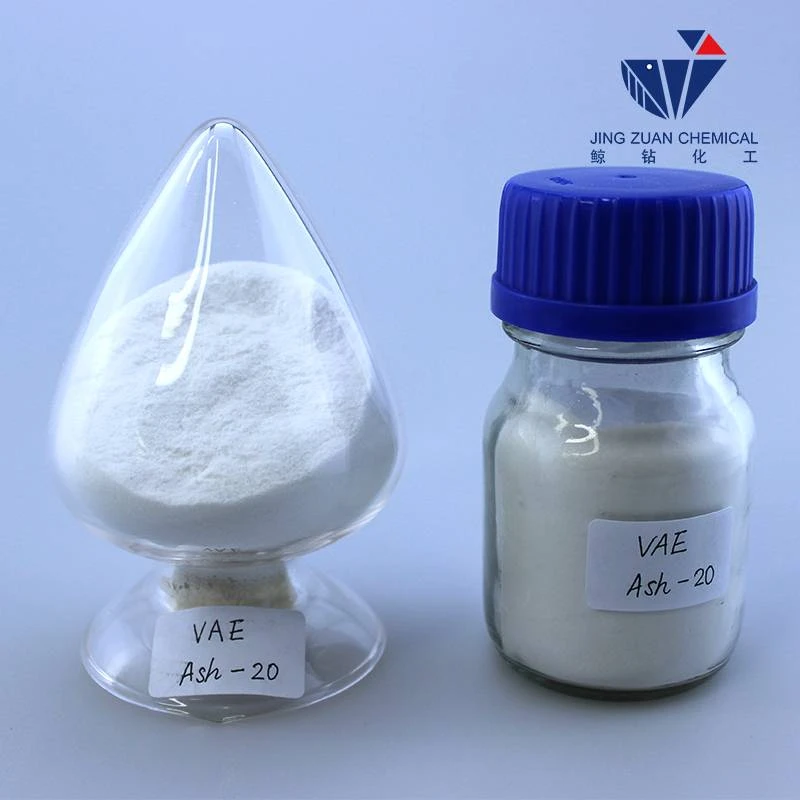
ئۆكتەبىر . 15, 2024 09:39 Back to list
Exploring the Properties and Applications of HPMC in Modern Pharmaceutical Formulations
The Versatility of Cellulose Ether A Focus on Hydroxypropyl Methylcellulose (HPMC)
Cellulose ethers, a class of compounds derived from cellulose, have gained significant attention in various industries due to their unique properties and versatility. Among these, Hydroxypropyl Methylcellulose (HPMC) stands out as a prominent member, known for its applications in pharmaceuticals, food, construction, and cosmetics. This article explores the features of HPMC, its production process, and its diverse applications.
What is Hydroxypropyl Methylcellulose?
Hydroxypropyl Methylcellulose is a semi-synthetic polymer derived from cellulose, the most abundant organic polymer on Earth. The modification of cellulose to produce HPMC involves the substitution of hydroxyl groups with hydroxypropyl and methyl groups. This transformation enhances solubility in water and improves thermal stability while retaining the basic structure of cellulose. The degree of substitution can be controlled during the production process, resulting in a variety of HPMC grades with tailored properties.
Production Process
The production of HPMC begins with the alkalization of cellulose to produce alkali cellulose. This step is typically followed by the reaction with propylene oxide and methyl chloride, leading to the formation of hydroxypropyl and methyl groups. The resultant product is then purified, dried, and milled into a fine powder. The purity and consistency of HPMC are crucial, especially for pharmaceutical and food applications, where stringent regulatory standards are enforced.
Properties of HPMC
HPMC exhibits several favorable properties that contribute to its widespread use
1. Water Solubility HPMC dissolves easily in water, forming colloidal solutions. This property makes it an ideal thickening and gelling agent.
2. Thermal Stability HPMC can withstand a wide range of temperatures without degradation, allowing for its application in high-heat processes.
3. Adhesion Its excellent adhesive properties make HPMC useful in various formulations where bonding is essential.
cellulose ether hpmc

4. Reduced Surface Tension HPMC can lower surface tension, enhancing wetting and spreading capabilities in formulations.
5. Biocompatibility HPMC is non-toxic and biocompatible, making it suitable for pharmaceutical applications, including drug delivery systems.
Applications of HPMC
The applications of HPMC are diverse
1. Pharmaceuticals In the pharmaceutical industry, HPMC is extensively used as an excipient in tablet formulations, providing controlled release mechanisms. It also serves as a binder, disintegrating agent, and film-forming agent.
2. Food Industry HPMC is utilized as a food additive to improve texture, viscosity, and stability. It is commonly found in sauces, dressings, and gelled products, where it enhances mouthfeel and consistency.
3. Construction In the construction industry, HPMC acts as a thickening agent for cement and plaster products. Its adhesive properties improve the performance of tile adhesives and wall putties by enhancing workability and adhesion.
4. Cosmetics and Personal Care HPMC is an ingredient in cosmetic formulations, where it acts as a thickener and stabilizer in creams, lotions, and gels. Its ability to form a film aids in moisture retention and enhances product texture.
5. Agriculture In agricultural formulations, HPMC can be used as a coating agent and dispersant for pesticides and fertilizers, improving their effectiveness and user convenience.
Conclusion
The versatility of Hydroxypropyl Methylcellulose (HPMC) is evident in its wide range of applications and beneficial properties. As industries continue to seek innovative solutions to enhance product quality and performance, HPMC will undoubtedly remain a vital component. Its biocompatibility and functional attributes not only make it a valuable material for current applications but also point toward potential future developments in various fields. As research and production techniques advance, the scope for HPMC to play an even bigger role in technology and industry is enormous, solidifying its position as a cornerstone of modern material science.
-
Versatile Hpmc Uses in Different Industries
NewsJun.19,2025
-
Redispersible Powder's Role in Enhancing Durability of Construction Products
NewsJun.19,2025
-
Hydroxyethyl Cellulose Applications Driving Green Industrial Processes
NewsJun.19,2025
-
Exploring Different Redispersible Polymer Powder
NewsJun.19,2025
-
Choosing the Right Mortar Bonding Agent
NewsJun.19,2025
-
Applications and Significance of China Hpmc in Modern Industries
NewsJun.19,2025







